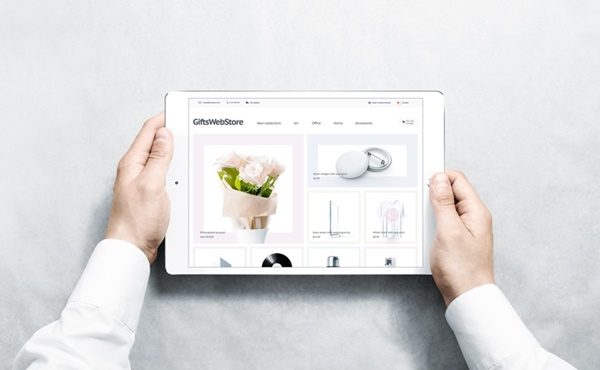Arguably, the most important aspect of your business in today’s market is your digital presence, but for many small businesses the whole concept can be overwhelming and confusing.
What features should appear on the website? What social media platforms should we run? How often should we post? Who will be responsible for the content and the maintenance of the website? How do we raise our online profile?
For Lucy Given, owner of design store LUC. Design in Hobart, Tasmania, it’s all about the why of your business.
“Once you can identify this real ‘WHY’ of your business, then how you market your business, how you form strategies, how you operate your business in general will be so much easier,” she said during a presentation at Life Instyle Melbourne earlier this month.
To create an online retail destination you need a plan, a digital strategy. So, with your ‘why’ defined, your digital strategy should outline your business’ goals and set measurable objectives for the desired outcomes.

“The goal here is branding and attracting customers. Displaying your business’ personality through your digital presence is one of the best ways to connect with your target audience. Your social media channels are just expanded opportunities for your brand’s voice,” explains Given.
More than 80 per cent of consumers research product information before they make a purchase online or instore, so your website should be the centre of your business’ online presence. Your website is your most important marketing asset―it is a salesperson, a brand ambassador and can genuinely connect with potential customers. It needs to offer engaging content, a mobile-responsive layout, and be easy to navigate.
Social media is important. Do your research on the statistics of each platform―which ones do your customers engage most with (google statistics is a great place to start)? Which ones work within your customer’s demographic?
Once you have decided which of these networks/platforms to focus on, you need to create a profile for each platform (or improve your existing profile) so they align with your strategic plan. Make sure you format content specifically for each platform―good high-res images for Instagram, longer posts for LinkedIn, snappy announcements for Twitter.

According to Given, there are 6 ways to give your digital strategy structure.
1 Set actionable and measurable goals―each of your goals should be specific, relevant, and measurable
2 Research your audience―it is so important that you know your audience, your ideal customer. Your goal is to achieve fans not just followers. It may be helpful to create an identity for your customer―give them a name, an occupation, define the family situation, where they shop, etc.
3 Establish the most important metrics
Awareness―our brand awareness and your post reach
Engagement―how many likes you get/shares ie regrams, repins, shares, etc
Conversion―the effectiveness of your social engagement (click to subscribe to a newsletter, register for an in-store education session or any call to action.)
Consumer review, assessment, comment or interview related to your brand. It is important not to get caught up in the ‘vanity metrics’ of getting more followers. You can get followers, but what you want is customers―followers don’t pay the bills. When you know who you are engaging with you will know what content to create, and what channels are best to promote.

4 Analyse your competition―understand who the competition is and what they are doing well (and not so well). This analysis will help you spot opportunities.
5 Create and curate engaging content―you need to think like a publisher not an advertiser. Great content isn’t great until it is consumed and shared. You don’t need to appeal to everyone. Focus on content that appeals and connects to your audience. By focusing on your target audience you can expand your engagement and build a dedicated community.
Story-telling is integral―your goal is to take the customers on a brand journey. It may be that you are more likely to be involved in the image-driven socials―if this is the case then it is important to post images that are high-res, good quality and easy to load.
6 Go above and beyond with service―provide exceptional consumer support. Separate yourself from your competition by delivering more value. This is the key to positioning yourself as an authority, which in turn helps you to attract genuine customers and grow your business and brand.







